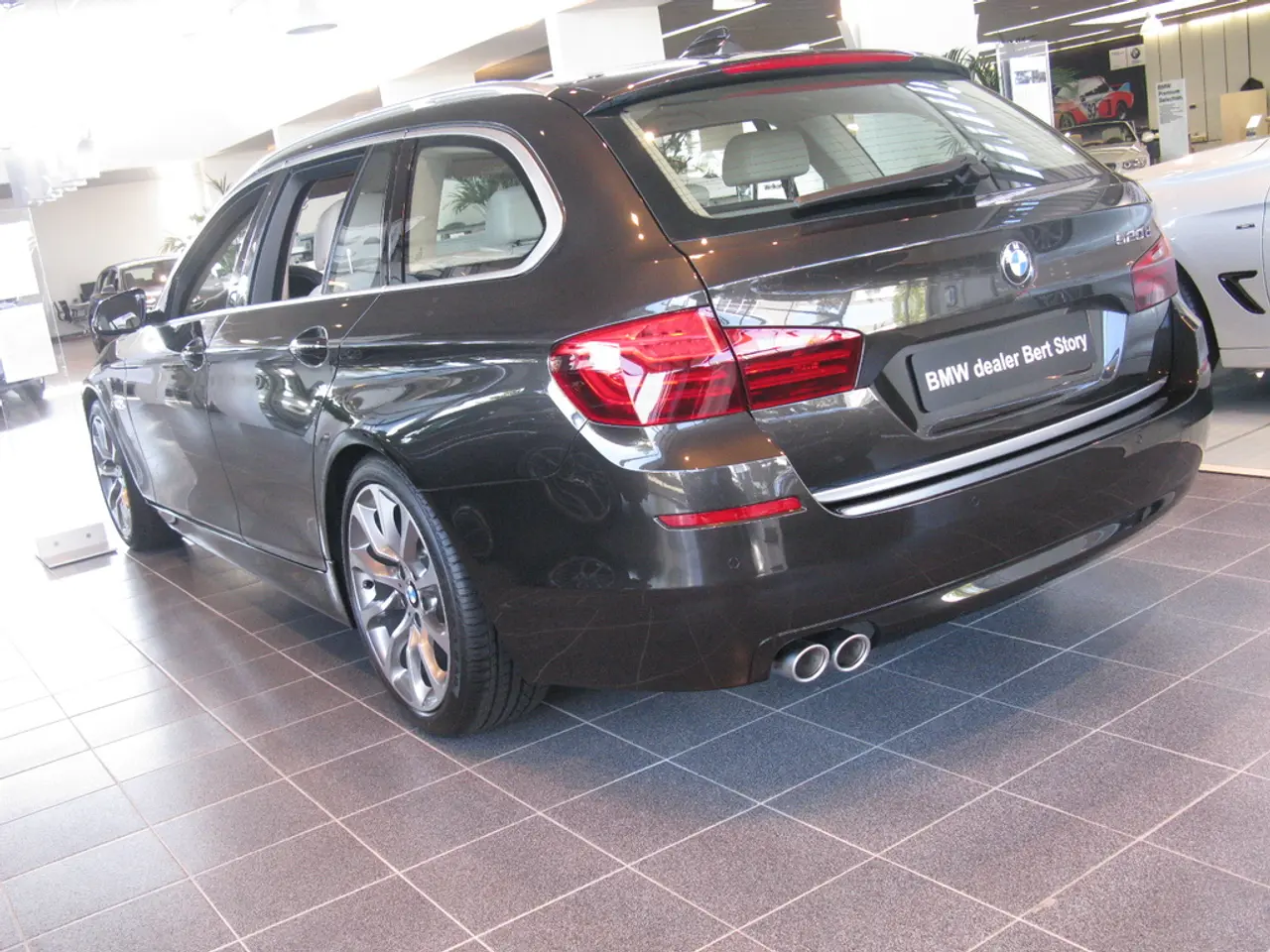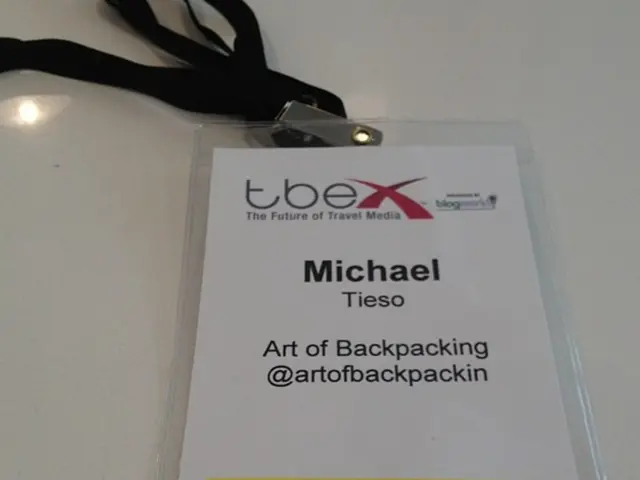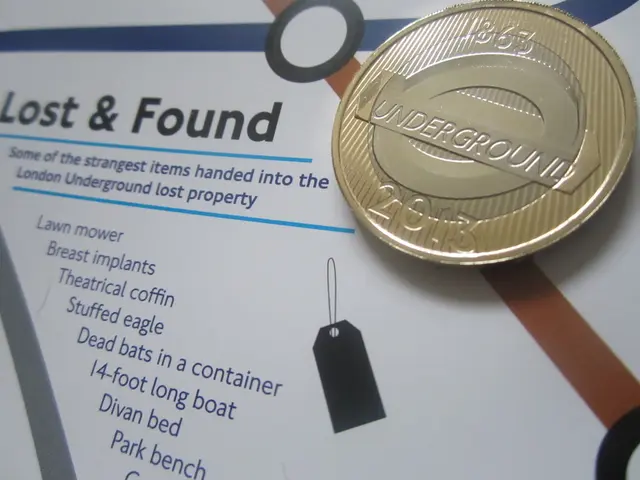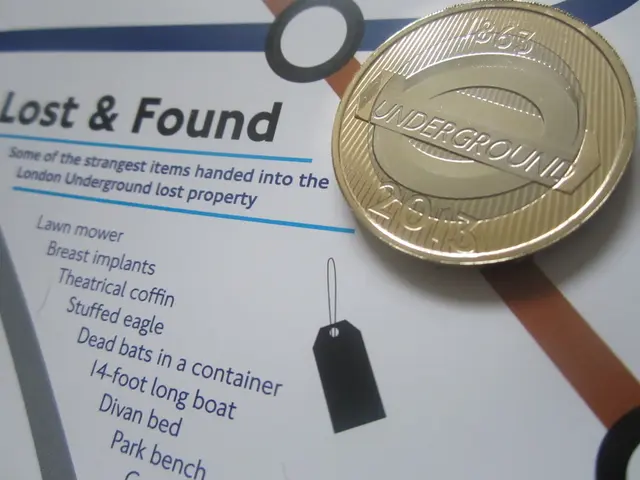Real-world EV performance does not always match lab test findings
The Australian Automobile Association (AAA) has conducted a Real-World Testing (RWT) Program on five popular electric vehicle (EV) models, aiming to provide transparency in real-world conditions and help consumers make better-informed decisions in the transition to electric mobility.
The testing, which took place on a 93-km route composed of urban, rural, and highway roads near Geelong, Victoria, revealed that popular EVs in Australia fall short of their advertised laboratory range by between 5% and 23% under actual driving conditions.
The BYD Atto 3 Extended Range model showed the largest discrepancy, recording a real-world range of 369km, 23% lower than its lab-tested figure of 480km. Tesla Model 3 and Model Y, and Kia EV6 also demonstrated deficits, ranging from about 8% to 14%. The 2024 Smart #3 was the best performer, with a real-world range of 432km, which is 5% below its laboratory figure of 455km.
Official range figures are mostly based on laboratory cycles such as NEDC or WLTP, which often do not capture the full spectrum of real-world driving, especially highway conditions, leading to optimistic range claims. For example, BYD Atto 3’s official WLTP range was 480km, but it only achieved 369km (23% less), a shortfall of 111km (69 miles).
Differences between lab-tested and real-world ranges are attributed to factors including test cycle methods, driving conditions, and perhaps vehicle usage patterns. The AAA's testing aims to provide transparent performance metrics for Australian car buyers as EV sales continue to grow.
The Real-World Testing Program began in 2023 and takes place on a 93km loop in and around Geelong using rigorous European-derived protocols. The AAA's Real-World Testing Program has already tested five popular electric vehicle models, including the 2024 Smart #3, BYD Atto 3, Tesla Model 3, Model Y, and Kia EV6.
The AAA's program fills a crucial knowledge gap for consumers concerned about operational cost, as findings highlight that manufacturer data for estimated range and charging needs may be overly optimistic. The program enforces transparency in real-world conditions, addressing historical concerns, including the post-Volkswagen emissions scandal.
The Tesla Model Y was the most efficient, consuming 167Wh/km, slightly less than the lab figure of 169Wh/km. However, the BYD Atto 3 used 21% more energy than its lab-tested figure, rising from 149Wh/km to 180Wh/km.
The AAA's Real-World Testing Program has already tested 114 combustion and hybrid vehicles, funded with $14 million from the Commonwealth. The program aims to help Australian consumers make better-informed decisions in the transition to electric mobility and ensure that the benefits of EV technology are fully realised.
[1] AAA Real-World Testing Program: Electric Vehicle Range and Efficiency (https://www.aaa.asn.au/resources/research-and-reports/real-world-testing-program-electric-vehicle-range-and-efficiency/)
[2] AAA Real-World Testing Program: Electric Vehicle Range and Efficiency - BYD Atto 3 (https://www.aaa.asn.au/resources/research-and-reports/real-world-testing-program-electric-vehicle-range-and-efficiency-byd-atto-3/)
[4] AAA Real-World Testing Program: Electric Vehicle Range and Efficiency - Smart #3 (https://www.aaa.asn.au/resources/research-and-reports/real-world-testing-program-electric-vehicle-range-and-efficiency-smart-3/)
- The AAA's Real-World Testing Program has tested several electric vehicles, including the Tesla Model 3, Model Y, Kia EV6, BYD Atto 3, and 2024 Smart #3, aimed at providing transparency in real-world conditions to help consumers make informed decisions about electric mobility.
- The testing program has revealed that many electric vehicles in Australia have shorter ranges in real-world driving conditions compared to their advertised laboratory figures, with differences attributed to factors such as test cycle methods, driving conditions, and vehicle usage patterns.
- As a result of the AAA's Real-World Testing Program, consumers may need to reconsider their car-maintenance and lifestyle choices when selecting an electric vehicle, as the findings highlight that manufacturer data for estimated range and charging needs may be overly optimistic.




